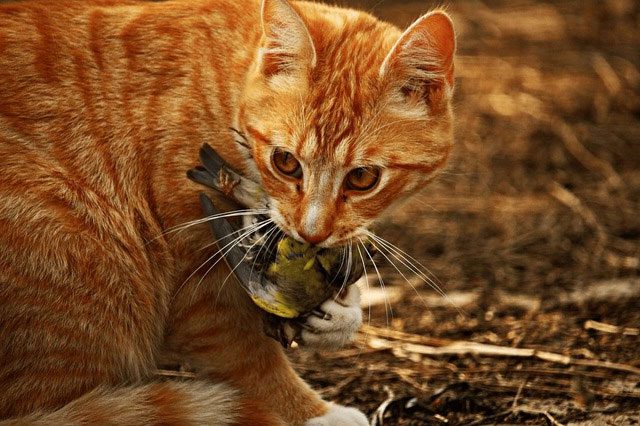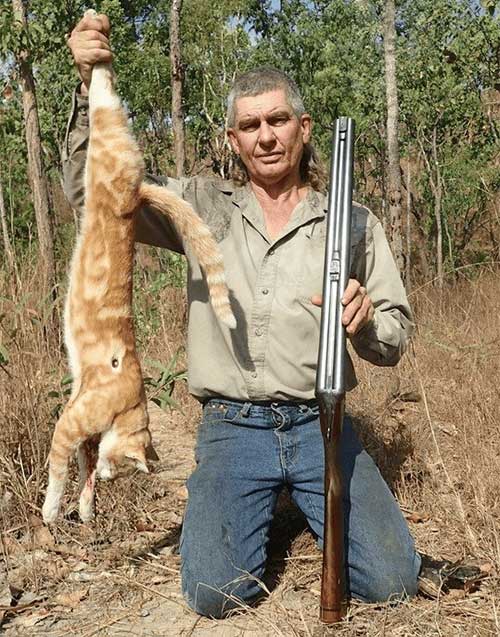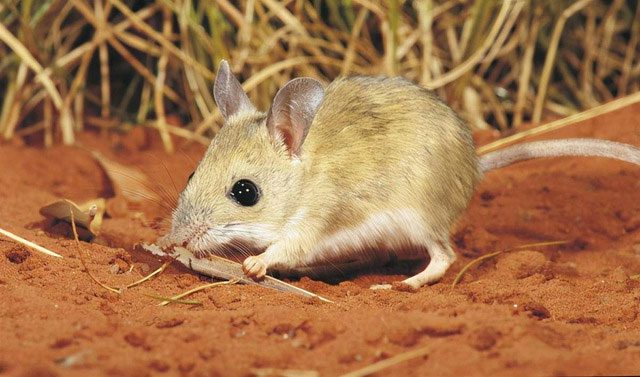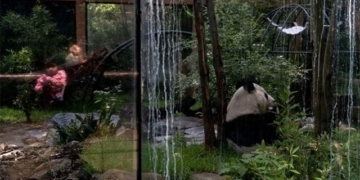Australia is a unique country with a rich and diverse wildlife system. Among the various challenges faced by its natural environment, the presence of feral cats and disruptive rodents are two of the most serious issues. This leads to the question: Why, even with an overwhelming number of feral cats in Australia, do rodents still manage to cause trouble?
Overpopulation of Feral Cats in Australia
To understand this issue, we must first consider the history of the introduction of these animals into Australia. Feral cats are not a native species of Australia. They were brought in from Europe by settlers in the 18th and 19th centuries to control rodent populations. Since Australia lacked large predators and primarily housed herbivores, marsupials, and other species such as kangaroos, when domestic cats were abandoned and moved into the wild, they thrived without any significant survival pressures or threats.
The local environment in Australia not only provided abundant food sources but also lacked natural predatory cats. After hundreds of years of freedom in the wild, the population of feral cats has skyrocketed to millions, putting a severe strain on the local ecological environment.

Australia, a large island nation with diverse landscapes ranging from arid deserts to tropical rainforests, is facing an ecological crisis due to the invasion of non-native animal species. Among them, feral cats have become one of the biggest threats to Australia’s biodiversity. Despite their abundant presence, rodents continue to plague and damage both agricultural and urban environments.
According to local statistics in Australia, feral cats kill approximately 310 million birds and 650 million reptiles each year; their prey also includes mammals and other species—bringing the total number of native Australian wildlife killed by cat claws to 1.4 billion. Since the introduction of cats by European settlers, over 20 native mammal species in Australia have been hunted to extinction by feral cats.
To address the damage caused by feral cats to native species, the Australian government has even set a goal to eradicate feral cats, allowing the use of various tools including shooting, trapping, and poisoning; however, the results have been quite limited.

Feral cats were introduced to Australia in the 19th century to control the population of rats and rabbits, yet they quickly became a threat to native wildlife, with superior hunting capabilities.
Why Are Rodents Still So Abundant in Australia?
- First, feral cats and rodents inhabit different areas. Feral cats primarily live in the wild in remote areas, while rodents are more likely to be found near farms where food is accessible, especially close to agricultural land. Therefore, there are too few intersections between the two habitats.
- Second, catching rodents is not the best choice for feral cats. Because Australia is isolated from other continents and has a unique ecosystem, feral cats not only lack natural enemies in the wild but also have access to abundant food sources. Whether it is amphibians, insects, or birds, these are all better and easier prey for feral cats. Thus, approaching human-occupied areas to catch rodents is unnecessary.

The ongoing damage caused by rodents can be explained by several factors: first is the rapid reproductive capacity of rodents, which helps them compensate for the numbers lost to feral cats. Second, rodents have a good ability to adapt to a range of habitats, from arid deserts to crowded urban areas. This flexibility makes them much harder to control compared to native species that have adapted to a balanced and stable ecosystem.
Additionally, the reproductive rate of Australian rodents is so high that a pair of rodents can produce 500 offspring in just one season if food is plentiful. Statistics show that the rodent population in Australia could reach up to 1 billion, which is 40 times the population of Australia.

The deforestation for agriculture or urbanization has altered natural habitats, providing ample shelter and food sources for rodents. Furthermore, human activity also generates organic waste, attracting rodents and providing them with a continuous food source.
The large number of rodents has caused significant problems for local residents in Australia. They not only consume food and damage property but also pose serious health risks to the local population.
To tackle this issue, Australia has implemented various wildlife management programs aimed at addressing both challenges: reducing the number of feral cats and controlling the rodent population. These strategies include the use of traps, poisons, and even biological measures to minimize their impact. However, to achieve long-term effectiveness, changes in environmental management, public education, and integrated conservation policies will be necessary.


















































